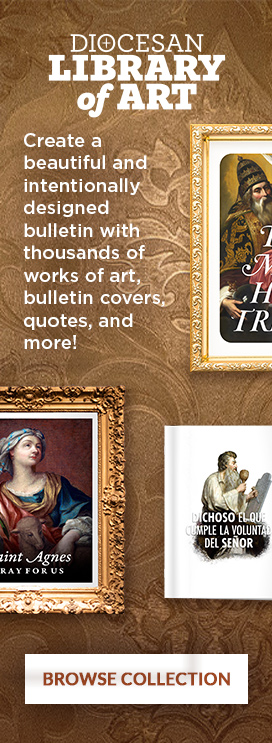The Talmud is filled with ancient Jewish teachings that existed as an oral tradition at the time of Christ. It describes the details of an unusual event, a miracle, that was said to occur annually as the High Priest officiated in the Temple on Yom Kippur. Like the readings for today, this miracle encourages us to reconcile ourselves with God while we have the chance. It shows that the battle for our salvation is simultaneously a love affair that revolves around the transformative power of God’s mercy.
Yom Kippur, the Day of Atonement, has historically been regarded as the most solemn day of the year for the Jewish people. On this day and on this day alone, the High Priest would enter the Holy of Holies where God’s Spirit was said to dwell. Having searched his conscience and repented of his sins, he would step behind a veil and offer up the blood of calves and goats for the sins of Israel and her priests.
While the High Priest was officiating, the people would pray outside. The Talmud says, “Originally they used to fasten the thread of scarlet on the door of the [Temple] court on the outside. If it turned white the people used to rejoice, and if it did not turn white they were sad.” In other words, if the thread turned white, the people knew they were forgiven, but if it remained red, they believed that their sins had been too great and had therefore not been expiated by the sacrifice of the priest.
The Talmud also says that “[f]or forty years before the destruction of the Temple the thread of scarlet never turned white but it remained red.” The Temple was destroyed in 70 A.D. Approximately forty years prior, the great veil protecting the Holy of Holies was torn from top to bottom when Jesus died. Both the ripping of the temple veil and the miracle of the scarlet thread symbolize the spiritual reality that the Jewish sacrifices were fulfilled by Jesus’ self-offering on the cross (Heb. 9:1-10:14).
In the new covenant forged in Christ’s blood, the Holy of Holies still exists but it is given a new name: The Bride of Christ. In the Book of Revelation, the Apostle John was shown “the Bride, the wife of the Lamb,” who appeared as “the holy city Jerusalem coming down out of heaven from God, having the glory of God, its radiance like a most rare jewel” (Rev. 21:9-11). An angel produced a measuring rod to prove that the city’s “length and breadth and height [were] equal” (Rev. 21:16). This rather odd detail is significant because the Holy of Holies had been a perfect cube. By describing the Bride of Christ in such a way, the author was saying that the Bride will attain perfect intimacy with God, something those under the old covenant could scarcely imagine.
Here on earth, however, the Bride of Christ is still “[making] herself ready” (Rev. 19:7). This is the subject for today’s Gospel reading. Jesus likened his kingdom to a field in which wheat and weeds grow up together. He emphasized that this coexistence of good and evil which is so familiar to us will not last. The world will eventually end; in the meantime, our individual worlds will end when we die.
Christ taught us that the only way to survive death was by accepting God’s gift of mercy. In Revelation 7:14, St. John saw the souls in heaven who had “come out of the great tribulation,” and they were exalting in God having “washed their robes and made them white in the blood of the Lamb.” Mercy transforms us just like the miracle of the scarlet thread. As the Lord said in Isaiah 1:18: “[T]hough your sins are like scarlet, they shall be as white as snow.” May the Lord give us the grace to believe in and enter into a love that is truly miraculous.
For more information on the miracle of the scarlet thread, please see Roy Schoeman’s book, Salvation is from the Jews, pp. 130-132.

Nikol M. Jones is in her final year at Franciscan University’s Master’s in Theology and Christian Ministry program where it has been her joy to learn how to integrate the tools of modern biblical scholarship with the principles of biblical interpretation set forth by the Catholic Church in the service of the Word of God. She also has a passion for creating artwork and children’s books that honor the life and teachings of Christ. When she’s not studying or painting, she utilizes her writing and organizational skills as an administrative assistant. You can connect with her on LinkedIn at https://www.linkedin.com/in/nikol-m-jones-4b9893140/.
